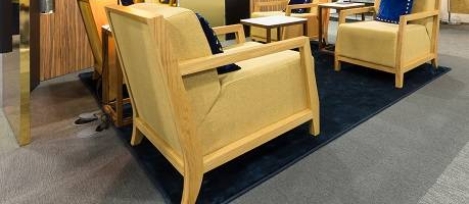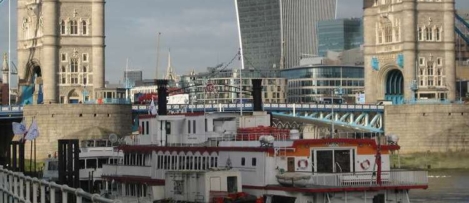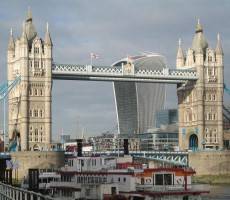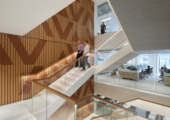June 29, 2016
Brexit; a round-up of latest thoughts from the property and workplace sectors 0
 Whatever your opinions on Brexit, there’s no doubt that it has created a range of frequently turbulent knock on effects in the workplace, commercial property, design and architecture sectors. We’ve shared some of the latest views on the next page to go with the initial reactions delivered by a still shell-shocked world that we published last Friday. One thing seems pretty clear is that for most firms, including those in the commercial property sector, there is no rush to judgement and most are prepared to continue business as usual while so much remains undecided. For the same reasons, the FT is reporting that some developers are putting projects on ice until they have more certainty and a report from researchers Green Street suggests that the eventual decision to leave the EU will result in a substantial fall in real estate values. Meanwhile, CIBSE is the latest organisation to calm fears about the impact of the UK leaving the EU.
Whatever your opinions on Brexit, there’s no doubt that it has created a range of frequently turbulent knock on effects in the workplace, commercial property, design and architecture sectors. We’ve shared some of the latest views on the next page to go with the initial reactions delivered by a still shell-shocked world that we published last Friday. One thing seems pretty clear is that for most firms, including those in the commercial property sector, there is no rush to judgement and most are prepared to continue business as usual while so much remains undecided. For the same reasons, the FT is reporting that some developers are putting projects on ice until they have more certainty and a report from researchers Green Street suggests that the eventual decision to leave the EU will result in a substantial fall in real estate values. Meanwhile, CIBSE is the latest organisation to calm fears about the impact of the UK leaving the EU.

































June 24, 2016
Property and workplace experts have their say on the Brexit outcome 0
by Mark Eltringham • Architecture, Comment, Facilities management, Property, Workplace, Workplace design
More →